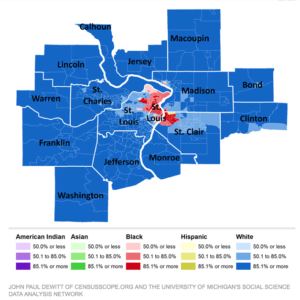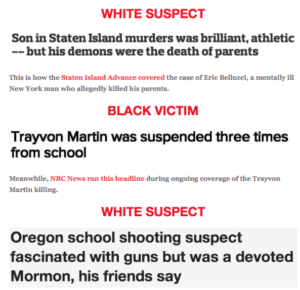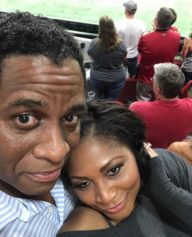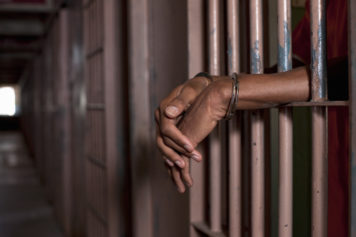Thanks to the help of Missouri state officials, tensions in Ferguson are finally starting to subside; but deeply rooted systematic racism still continues to influence media headlines and the region’s housing policies.
The scene in Ferguson was much different on Thursday than it was Wednesday night, when protesters were fired upon with rubber bullets and tear gas.
Images of intense standoffs between citizens and law enforcement officers are being replaced on Twitter by images of Highway Patrol Capt. Ron Johnson and other state officials marching alongside protesters.
But deeper issues within the Ferguson community mean that racial tensions could remain high.
The St. Louis area ranks in the top ten most segregated cities in the U.S. today.
Even as white residents have fled the city, years of racially discriminatory housing legislation have plagued the area.

Professor Colin Gordon of the University of Iowa said on his website, “Both the city’s Real Estate Exchange and the Missouri Real Estate Commission routinely and openly interpreted sales to Blacks in white areas as a form of professional misconduct.”
By 1941, all these restricted zones were formed together to make one district.
At the same time the Home Owners’ Loan Corporation, a federal mortgage insurance program created as a part of the New Deal in the 1930s, was using race as a key factor in neighborhood ratings.
White suburban neighborhoods in St. Louis were given “A” security ratings, while Black neighborhoods were assumed dangerous and given “D” ratings.
Eventually, more than 75 percent of predominantly Black neighborhoods in the region were slapped with D ratings.
This means Black neighborhoods were also hit with lower property values, higher interest rates, and higher downpayment requirements for mortgages with Federal Housing Administration backing. Members of the Black community were essentially trapped in high-cost living conditions, even though they had lower average incomes than the predominantly white neighborhoods.
Many families could not afford to move, and those who could afford it struggled to sell their homes because of low property values. Even when they were able to sell their homes, realtors were still barred from selling them homes outside the “unrestricted zones.”
This led to sweeping, widespread poverty in inner-city neighborhoods, trapping Black homebuyers in urban areas controlled by a police force that was still predominately white.
Although Ferguson is 67 percent African-American, roughly 5 percent of the police officers are African-American.
Years of legislation designed to segregate and control, and lack of representation by police are who supposed to serve and protect, helped fuel the tension and anger that sparked in Ferguson after the officer killed unarmed, 18-year-old Michael Brown.
Meanwhile, biased media coverage is influencing the country’s perception of events in Ferguson and further fueling racial tensions.
While Brown had no criminal record, recently graduated high school and was on his way to college, many headlines and published images didn’t reflect that.
Some stories suggested Brown was possibly a “gang banger” and others focused on reports that he allegedly struggled with police before the shooting.
Headlines accused the people of Ferguson of being careless and unnecessarily violent, and one headline from Fox News sent social media into a frenzy. It read, “Forgetting MLK’s Message: Protesters in Missouri Turn To Violence.”
The media has a long history of portraying white suspects in the news in a better light than Black victims.
James Holmes, the white man behind the movie theater shooting in Colorado in 2012, was referred to as a “genius.” Some outlets called him “misguided” and headlines focused on how his friends and family said he “didn’t seem like the type” to do something so horrific.
Holmes attended the midnight screening of the Batman movie, The Dark Knight Rises, before setting off tear gas in the theater and firing into the crowd. A dozen people were killed and 70 were injured.
On the other hand, headlines about Trayvon Martin, the Black teenager who was shot and killed in 2012 by volunteer neighborhood watch George Zimmerman, focused on disciplinary issues that Martin had in school.
Social media has responded to the trend by launching the hashtag, #IfTheyGunnedMeDown.
Users upload two pictures of themselves side-by-side, one provocative image and another more appropriate image, and pose the question, which picture is the media likely to use if they were killed by police officers?
What initially started with only Black users has expanded to white users, who often include lengthy texts explaining why the media would use their positive images while slamming it for racially charged framing.




